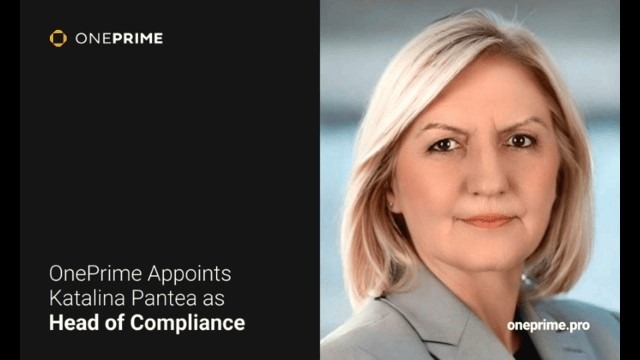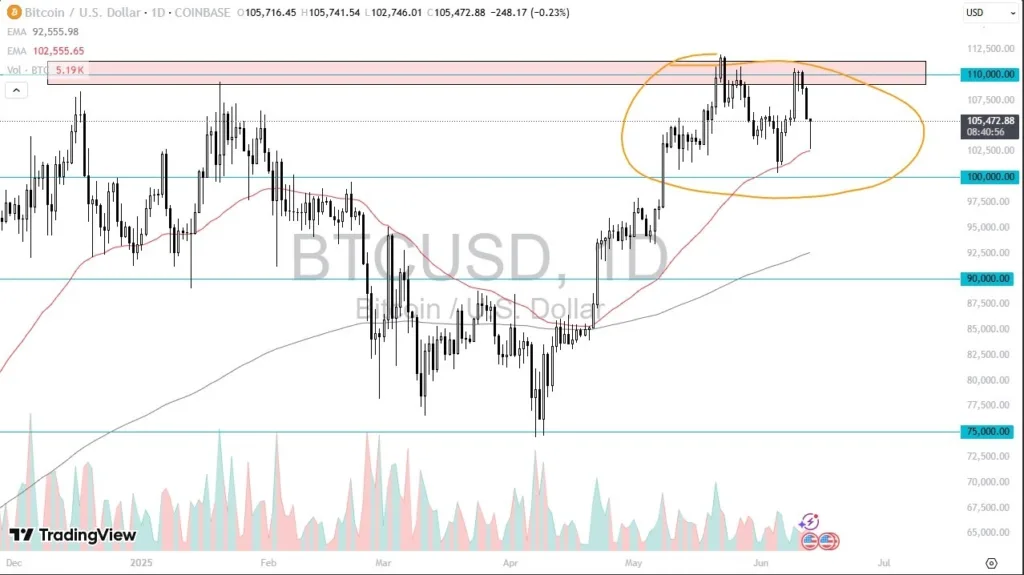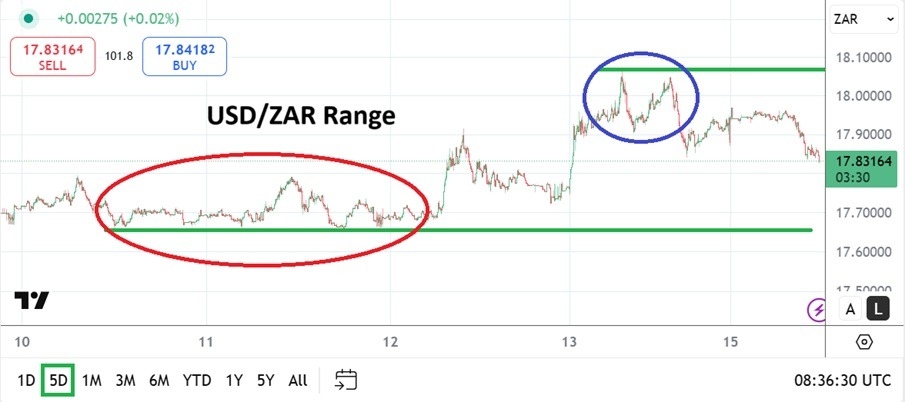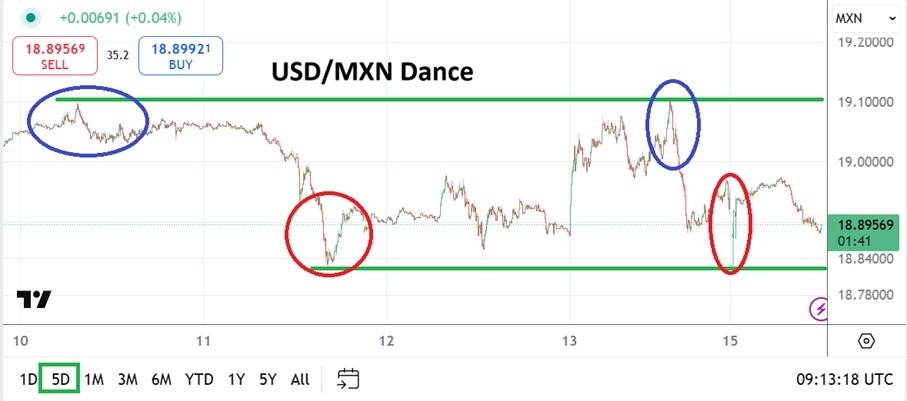Duquesne Family Office’s billionaire chief sold every share of Wall Street’s hottest artificial intelligence (AI) stock in favor of a drugmaker whose shares have surged 142% in two years.
There’s nothing more valuable on Wall Street than data, and investors rarely have to dig to find something that’s pertinent to the U.S. economy, the stock market, or their specific portfolio holdings.
The issue is that between earnings season — the six-week period where many of America’s most-influential public businesses report their operating results each quarter — and near-daily economic data releases, something important can easily fall through the cracks or slide under the radar of investors. A perfect example being the filing of Form 13Fs with the Securities and Exchange Commission last month.
No later than 45 calendar days following the end to a quarter, institutional investors with at least $100 million in assets under management are required to file a 13F. This form concisely details which stocks, exchange-traded funds (ETFs), and select options the market’s brightest money managers bought and sold in the latest quarter. In other words, it can help investors spot the stocks and trends captivating the attention of the world’s best investors.

Image source: Getty Images.
Though Warren Buffett is the most-followed of all asset managers, he’s not the only billionaire known for their prescient calls and outsized investment returns. Duquesne Family Office’s billionaire chief Stanley Druckenmiller is another money manager who investors wisely pay close attention to.
What’s particularly noteworthy about Druckenmiller’s investment activity of late is his exit from some of Wall Street’s most high-flying names in the artificial intelligence (AI) space. Based on Duquesne’s first-quarter 13F, Druckenmiller sent his entire stake in Palantir Technologies (PLTR 1.72%) packing while continuing to pile into a suddenly unstoppable drug stock for the third consecutive quarter.
Duquesne Family Office’s billionaire chief bids adieu to Palantir
Stanley Druckenmiller initially made waves in the March-ended quarter last year when his fund’s 13F showed he added nearly 770,000 shares of Palantir stock.
The lure of owning shares of Palantir is the company’s irreplaceability. Its two AI and machine learning-driven operating platforms — Gotham and Foundry — aren’t replicable at scale by any other companies, which leads to highly predictable sales and operating cash flow for Palantir. Gotham lands multiyear contracts with the U.S. government and its immediate allies, while Foundry is a subscription-based service that’s generating high margins from enterprise clients looking to better understand their data and streamline their operations.
Palantir also brings what’s been a sustainably high sales growth rate of 25% to 35% to the table and has been generating recurring profits.
But as noted, Duquesne’s billionaire chief exited what was left of his fund’s Palantir stake at some point during the March-ended quarter — and there are four possible reasons behind this move.
First off, this could be nothing more than simple profit-taking. The 52 positions currently held by Druckenmiller’s fund have been there for an average of nine months. This demonstrates he and his team aren’t afraid to lock in gains when presented with a sizable move higher in a security.
Secondly, there had been rumblings during the first quarter of the Donald Trump administration reducing defense spending in the coming years. President Trump aims to improve the operating efficiency of the federal government, and one theory floated had been the possibility of lowering defense spending. Palantir’s Gotham platform plays a critical role in data gathering/analysis, as well as military mission planning and execution.
A third possibility that may explain Druckenmiller’s exit is the historical precedent of next-big-thing innovations enduring an early innings bubble-bursting event. While Druckenmiller believes in AI as a long-term winner, he’s also opined that it’s overhyped in the short run. Every next-big-thing trend for more than three decades has worked its way through a bubble-bursting event in its early expansion phase, and AI doesn’t look as if it’ll be the exception to this unwritten rule. If the AI bubble were to burst, sentiment would weigh heavily on Palantir stock.
Fourth, but perhaps most important of all, Palantir Technologies’ valuation appears unsustainable. As of closing bell on June 12, Palantir was sporting an astronomical price-to-sales (P/S) ratio of 108! To put this into perspective, prior megacap companies on the leading edge of next-big-thing trends capped out at P/S ratios of between 30 and 43. Even if Palantir stock went sideways for four or five years, it would still be at a historical bubble valuation.

Image source: Getty Images.
Billionaire Druckenmiller has piled into this drug stock for three straight quarters
On the other end of the spectrum is a pharmaceutical company that’s effected a meaningful turnaround, which billionaire Stanley Druckenmiller has purchased shares of for three consecutive quarters. I’m talking about brand-name and generic-drug developer Teva Pharmaceutical Industries (TEVA -4.04%), whose shares are higher by 142% over the trailing-two-year period (as of the closing bell on June 12).
Druckenmiller’s fund gobbled up 1,427,950 shares of Teva in the September-ended quarter, added 7,569,450 shares in the December-ended quarter, and picked up another 5,882,350 shares in the March-ended quarter.
From the midpoint of 2015 through late 2023, Teva stock lost close to 90% of its value due to a number of headwinds:
- Its blockbuster multiple sclerosis drug Copaxone lost its sales exclusivity.
- In hindsight, Teva grossly overpaid for its buyout of generic-drug company Actavis, which ballooned its outstanding debt.
- Generic-drug pricing power weakened.
- Teva faced numerous rounds of litigation, including lawsuits regarding its role in the opioid crisis.
While these have all been tangible headwinds, current and prior management worked to place these gray clouds in the back seat and have decisively returned Teva to growth.
Arguably the biggest advancement for Teva was resolving its opioid litigation. In early 2023, 48 states agreed to a $4.25 billion settlement, which includes up to $1.2 billion worth of a generic version of Narcan (the opioid overdose reversal drug) to be distributed to states by Teva. What’s key is that this settlement is spread over 13 years, so it won’t be a financial burden to the company.
Another major step forward for Teva has been its vastly improved balance sheet. Under turnaround specialist CEO Kare Schultz, the company sold off non-core assets and reduced its operating expenses by billons per year. This prudent focus on spending has continued under current CEO Richard Francis. After tipping the scales with more than $35 billion in net debt following the Actavis deal, Teva now has less than $15 billion in net debt.
The other critical action undertaken by Francis has been to shift Teva toward novel-drug development. Though it’s still a major player in generic drugs, developing brand-name therapies comes with higher margins and faster growth rates. Tardive dyskinesia drug Austedo looks to push for $2 billion in sales this year, which is up from $963 million in full-year sales in 2022. In other words, Teva has found its Copaxone replacement, and has plenty of other novel therapies ramping up sales and/or in the pipeline.
The cherry on top is that Teva Pharmaceutical Industries remains historically cheap despite its stock more than doubling over the trailing-two-year period. Its forward price-to-earnings ratio of 6.5 is well below other major pharmaceutical stocks and not fully indicative of the company’s growth potential or ongoing turnaround.







